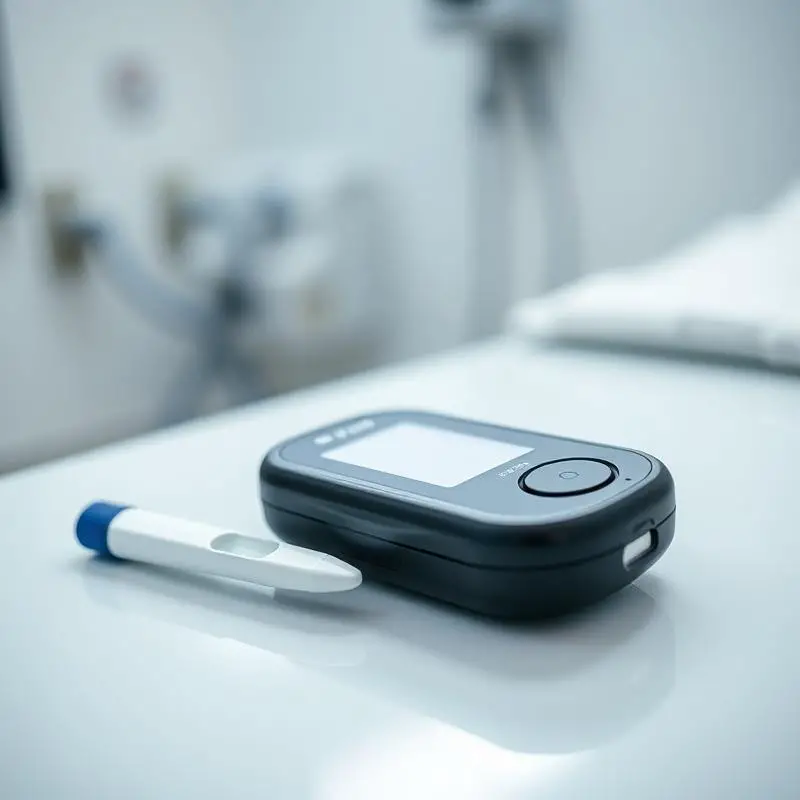Understanding Government Benefit Programs in Diabetes Care
Government benefit programs play a crucial role in providing essential healthcare services to individuals with diabetes, helping to alleviate the financial burden of managing this chronic condition. Medicare and Medicaid are two primary programs offering support to those in need of blood glucose monitors and continuous glucose monitors (CGMs). These programs have specific coverage criteria, providing vital resources and financial assistance to eligible participants. Understanding how these programs work is key to accessing and optimizing services for diabetes management.
Medicare Coverage for Blood Sugar Monitors
Medicare Part B is integral in covering blood sugar monitors as durable medical equipment for patients with diabetes. This coverage significantly aids those who need to monitor their blood glucose levels regularly at home by making it affordable to acquire necessary equipment. Eligible beneficiaries of Medicare Part B are responsible for 20% of the Medicare-approved amount for glucose monitoring equipment, but this pay is only after meeting the Part B deductible
While Medicare offers flexibility in how these monitors are acquired—whether through rental, purchase, or a combination of both—it’s imperative to confirm that the doctor and supplier are both enrolled and participating in Medicare. Such caution ensures avoidance of extra fees beyond what Medicare covers. Furthermore, factors like additional insurance, doctor’s charges, and the service location can influence the total cost to patients, making it prudent to consult healthcare providers for detailed cost expectations.
Medicaid’s Approach to Continuous Glucose Monitors (CGMs)
Medicaid’s coverage for CGMs is more varied across the United States, with states having different policies and eligibility requirements. Twenty-seven states, along with Washington DC, cover CGMs for both type 1 and type 2 diabetes, while 15 states restrict coverage to type 1 patients indicating broader access to treatment in some regions. Medicaid offers CGM coverage through pharmacy benefits in 20 states and DC, usually facilitating faster access compared to medical benefits, which often require more paperwork and delayed processes.
Though CGMs contribute a small portion to overall diabetes-related expenses, their benefit in reducing hospitalizations and improving diabetes management is substantial. Access to CGMs helps reduce extensive healthcare costs over time. Advocacy efforts are ongoing to push for more inclusive policies, aiming to decrease eligibility limitations, lower costs, and grant timely access for Medicaid recipients. These efforts are exemplified by recent policy enhancements in California and other states.
Financial Assistance and Advocacy for Diabetes Patients
The American Diabetes Association (ADA) and the Patient Advocate Foundation (PAF) have established a diabetes fund to address health inequities and improve treatment affordability. The fund extends financial aid for co-pays, deductibles, and insurance premiums, thereby increasing access to necessary treatments, doctor visits, medications, and diabetic testing.
Historically, the ADA has worked tirelessly to advocate for more affordable diabetes care, whilst PAF’s Co-Pay Relief Program has made significant strides since 2004, aiding over 600,000 individuals with chronic illnesses. Despite this, sustained donations and funding are still needed to maintain and expand the reach of this assistance program. Patients seeking financial support can apply through PAF’s secure online portals or by contacting them, reinforcing efforts to improve health outcomes for diabetes patients.
Why You Should Learn More About Government Benefit Programs Today
Understanding government benefit programs like Medicare and Medicaid provides an opportunity for diabetes patients to access essential tools and resources at a manageable cost. Navigating through these programs can be complex due to varying state policies and specific eligibility criteria, but the assistance they offer can significantly enhance diabetes management and overall wellbeing. Staying informed about available resources, policy changes, and advocacy efforts is crucial for both patients and healthcare providers to maximize these benefits. As support systems continue to evolve, learning more ensures diabetes patients are empowered to make informed decisions about their healthcare options.

